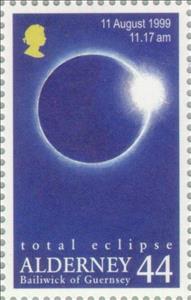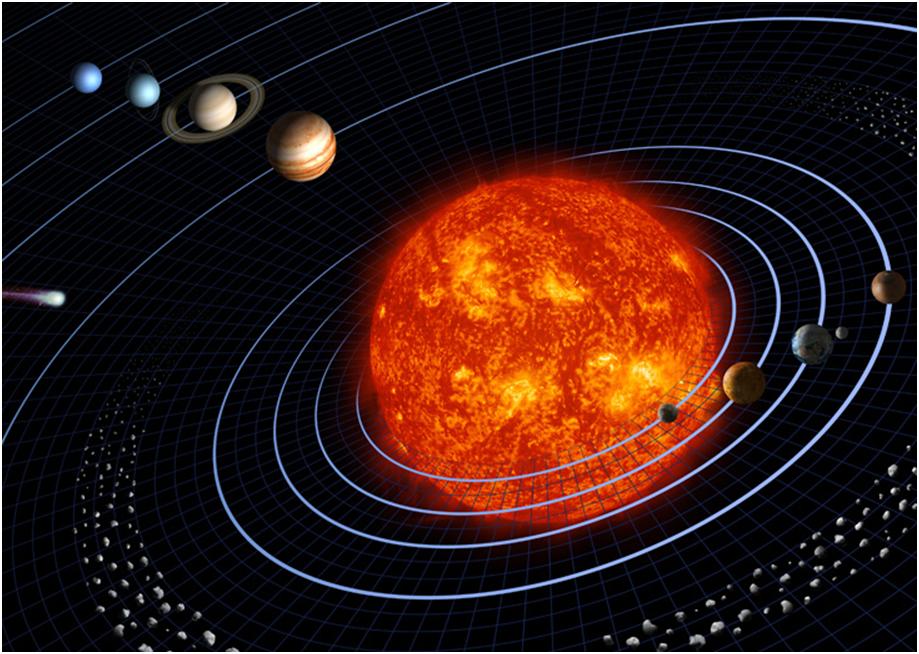Stamp: Solar eclipse at 11.17 am (Alderney 1999)
Solar eclipse at 11.17 am (Alderney 1999)
27 April (Alderney ) within release Total Eclipse of the Sun on August 11 goes into circulation Stamp Solar eclipse at 11.17 am face value 44 Guernsey penny
| Stamp Solar eclipse at 11.17 am in catalogues | |
|---|---|
| Michel: | Mi:GG-AL 135 |
| Stanley Gibbons: | Sg:GG-AL 129 |
Stamp is vertical format.
Also in the issue Total Eclipse of the Sun on August 11:
- Stamp - Solar eclipse at 10.15 am face value 20;
- Stamp - Solar eclipse at 10.51 am face value 25;
- Stamp - Solar eclipse at 11.14 am face value 30;
- Stamp - Solar eclipse at 11.16 am face value 38;
- Stamp - Solar eclipse at 11.17 am face value 44;
- Stamp - Solar eclipse at 11.36 am face value 64;
- Souvenir Sheet - Total Eclipse of The Sun face value Various;
Stamp Solar eclipse at 11.17 am it reflects the thematic directions:
Special Occasions
Celestial bodies or heavenly bodies are objects in space such as the sun, moon, planets, and stars. They form a part of the vast universe we live in and are usually very far from us.
The Moon is Earth's only natural satellite. It orbits at an average distance of 384,400 km (238,900 mi), about 30 times the diameter of Earth. Tidal forces between Earth and the Moon have over time synchronized the Moon's orbital period (lunar month) with its rotation period (lunar day) at 29.5 Earth days, causing the same side of the Moon to always face Earth. The Moon's gravitational pull – and to a lesser extent, the Sun's – are the main drivers of Earth's tides.
The Sun, also known as Sol, is a star at the center of the solar system. It is a white star that gives off different types of energy such as infrared energy (heat), ultraviolet light, radio waves and light. It also gives off a stream of particles, which reaches Earth as "solar wind". The source of all this energy is nuclear fusion. Nuclear fusion is the reaction in the star which turns hydrogen into helium and makes huge amounts of energy. It is a nearly perfect ball of hot plasma.




